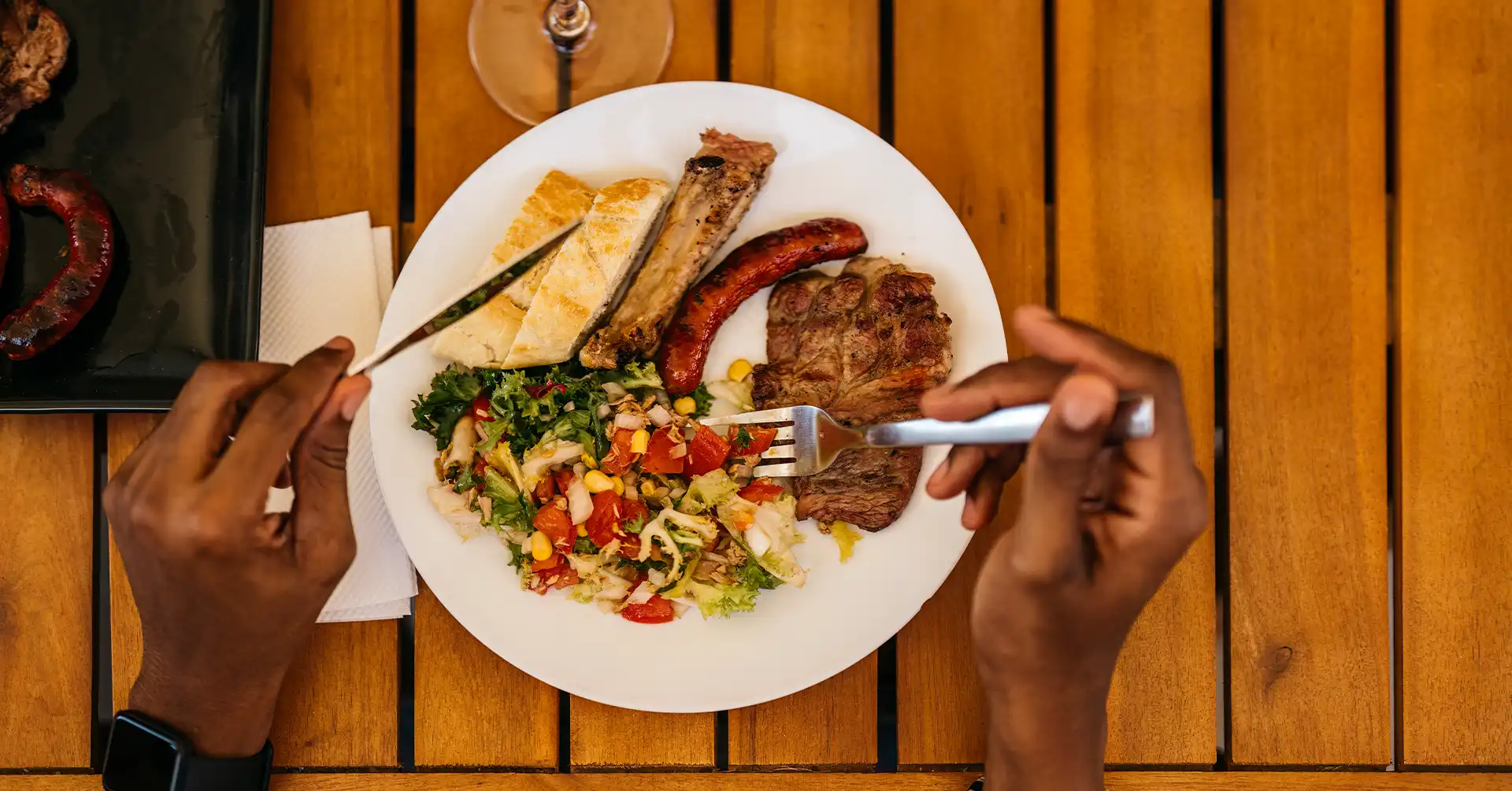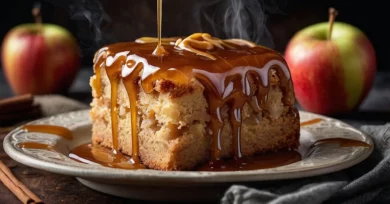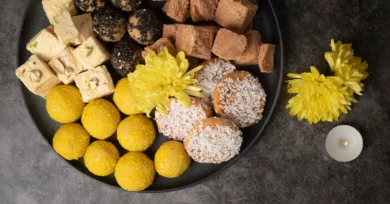African-American culinary traditions have deep historical roots, originating from the fusion of African, European, and Native American influences. These traditions were shaped during the times of slavery when African slaves in America ingeniously combined their traditional cooking methods with the limited resources available to them. This blending of cultures gave birth to what we now recognize as African American Food and Flavours, a rich tapestry of flavors and techniques passed down through generations.
Significance of Foods and Flavors in African American Heritage
- Food and Flavors as Cultural Icons: In African American heritage, food and flavors aren’t just sustenance; they are cultural markers that connect generations. Each dish carries a story, reflecting the struggles, resilience, and triumphs of the African American community. Through food, traditions are preserved and shared, creating a sense of belonging and identity.
- Preserving Cultural Heritage: African American culinary traditions play a vital role in preserving the cultural heritage of the community. These recipes, often handed down orally, serve as a link to the past, ensuring that the unique flavors and cooking methods are not lost but instead celebrated and cherished by future generations.
- Community and Celebration: Food and flavors bring people together, fostering a sense of community and camaraderie. From family gatherings to community events, African American cuisine serves as a centerpiece, enhancing the joy of celebrations and creating memorable moments for all.
- Culinary Diversity: The African American culinary heritage is incredibly diverse, reflecting regional differences and unique local ingredients. From the soulful comfort foods of the South to the innovative fusions found in urban centers, the variety of dishes showcases the creativity and adaptability of African American cooks throughout history.
Historical Roots of African American Food and Flavours
African Influences on American Cooking
Africans brought to America during the era of slavery carried with them a rich culinary heritage, shaping the very essence of American cuisine. The use of vibrant spices, exotic herbs, and diverse cooking techniques became integral elements. African cooks infused their dishes with bold flavors, using ingredients like okra, black-eyed peas, and yams, which soon found their way into American kitchens. This fusion of African tastes with local produce laid the foundation for a unique culinary journey, leaving an indelible mark on American food culture.
Impact of Slavery on Foodways and Cooking Techniques
The harsh realities of slavery profoundly impacted the way food was prepared and consumed. Enslaved Africans had to make do with limited resources, leading to creative improvisations in the kitchen. They utilized cheaper cuts of meat, transforming them into flavorful delicacies through slow cooking and seasoning. This necessity-driven innovation not only birthed new recipes but also showcased the resilience and resourcefulness of the African American community.
Fusion of Cultures: African, European, and Native American Influences
A melting pot of cultures emerged as African, European, and Native American culinary traditions intertwined. The exchange of cooking methods, ingredients, and cultural practices led to a vibrant amalgamation of flavors. Africans introduced techniques like deep frying and seasoning, Europeans contributed baking skills and dairy-based dishes, while Native Americans shared their knowledge of local ingredients. This cross-cultural exchange not only diversified the American palate but also created a foundation for the diverse and rich tapestry of flavors that define contemporary American cuisine. The interplay of these culinary influences, underpinned by the keyword “Food and Flavours,” continues to shape the American food landscape, reflecting the resilience and creativity of the African American culinary heritage.
Staple Ingredients in African American Cooking
African American cuisine is rich and diverse, drawing from a blend of cultures and traditions. The foundation of this culinary heritage lies in a variety of staple ingredients that form the basis of many cherished dishes.
Grains and Legumes: Corn, Rice, and Black-Eyed Peas
- Corn: Corn, a versatile grain, serves as a cornerstone in African American cooking. It’s used to make cornbread, a beloved Southern classic, and grits, a creamy dish enjoyed with various accompaniments.
- Rice: Rice, another essential ingredient, is often paired with flavorful stews, gravies, or seafood, creating hearty and satisfying meals.
- Black-Eyed Peas: These legumes are not just a symbol of good luck; they are also a significant part of African-American cuisine. Often prepared as a side dish or incorporated into soups, black-eyed peas add texture and protein to various recipes.
Greens and Vegetables: Collard Greens, Okra, and Sweet Potatoes
- Collard Greens: Collard greens, a leafy vegetable, is a staple in Southern cooking. They are typically slow-cooked with smoked meats, creating a savory and comforting dish enjoyed by many.
- Okra: Okra, a versatile vegetable, is used in soups, stews, and gumbo. Its unique texture and flavor enhance the overall taste of these dishes.
- Sweet Potatoes: Sweet potatoes are a beloved ingredient in African American cuisine. They are used in both savory and sweet dishes, ranging from pies and casseroles to fries, adding a natural sweetness and depth to the meals.
Meats and Seafood: Pork, Chicken, Catfish, and Gumbo
- Pork: Pork, in various forms such as ribs, ham, and bacon, is a popular meat choice. It is often slow-cooked or smoked to perfection, resulting in dishes like barbecue ribs or flavorful pork chops.
- Chicken: Chicken, a versatile and widely available meat, is used in numerous African American recipes. Whether fried, baked, or grilled, chicken dishes are a staple in homes and restaurants alike.
- Catfish: Catfish, a staple in Southern cuisine, is often fried to a crispy golden perfection. Its tender, mild flavor makes it a favorite choice among seafood enthusiasts.
- Gumbo: Gumbo is a hearty soup/stew originating from Louisiana. It typically includes a variety of meats such as sausage, chicken, or seafood, cooked with okra, tomatoes, and a flavorful broth, creating a comforting and satisfying meal.
Spices and Flavors: Creole Seasoning, Hot Peppers, and Bay Leaves
- Creole Seasoning: Creole seasoning, a blend of spices like paprika, garlic powder, and cayenne pepper, adds a distinct flavor to many African American dishes. It infuses a smoky, slightly spicy taste that enhances the overall culinary experience.
- Hot Peppers: Hot peppers, ranging from jalapeños to habaneros, are commonly used to add heat and depth to various recipes. They provide a kick of spice that elevates the flavors of sauces, stews, and marinades.
- Bay Leaves: Bay leaves are aromatic leaves used in cooking to impart a subtle earthy flavor. They are often added to soups, sauces, and braises, enhancing the richness of the dish.
Traditional African American Dishes
Soul Food Classics: Fried Chicken, Macaroni and Cheese, and Cornbread
In the heart of African American culinary heritage lies a treasure trove of soulful flavors and comforting dishes. Let’s delve into the soul food classics that have become synonymous with the Food and Flavors of the African American community.
Fried Chicken: A Crispy Delight
Fried chicken, an iconic dish, is a testament to the art of Southern cooking. Succulent pieces of chicken are seasoned to perfection, coated in a flavorful mix of spices and flour, then fried to a golden crisp. The result? A crunchy, mouthwatering delight that embodies the essence of comfort food.
Macaroni and Cheese: Creamy Indulgence
Macaroni and cheese, a beloved classic, brings together tender pasta enveloped in a creamy, cheesy sauce. This dish, often baked to perfection, is a harmonious blend of textures and tastes. Each spoonful carries the warmth of home-cooked goodness, making it a staple on every soul food table.
Cornbread: The Soulful Sidekick
Cornbread, a simple yet delightful creation, is a hallmark of African American Food and Flavours. Made from cornmeal, milk, and a touch of sweetness, this bread is baked to a golden hue. It serves as the perfect accompaniment to hearty stews and savory dishes, adding a rustic charm to every meal.
Creole and Cajun Delicacies: Gumbo, Jambalaya, and Red Beans and Rice
Venturing beyond soul food, the rich tapestry of African American culinary traditions extends to the vibrant Creole and Cajun flavors, bringing forth a medley of aromatic dishes that tantalize the taste buds.
Gumbo: A Flavorful Melange
Gumbo, a celebrated Creole dish, is a hearty stew that marries a variety of meats, seafood, and vegetables. Simmered to perfection with a blend of spices, this flavorful concoction showcases the diversity of ingredients. Okra, a key component, lends a unique thickness to the stew, making gumbo a true embodiment of the melting pot of cultures.
Jambalaya: A Spicy One-Pot Wonder
Jambalaya, a Cajun delight, is a spicy one-pot rice dish that brims with a harmonious blend of smoked sausages, chicken, and seafood. Infused with aromatic herbs and spices, jambalaya captures the essence of Louisiana’s culinary heritage. Each spoonful is a burst of flavors, creating a memorable dining experience.
Red Beans and Rice: Hearty Comfort on a Plate
Red beans and rice, a soul-warming dish, brings together tender red beans, savory sausages, and aromatic spices, served atop a bed of fluffy rice. This humble yet hearty dish is a testament to the ingenious use of simple ingredients, transforming them into a comforting, flavorful meal that satisfies both the palate and the soul.
Food and Flavours of Sweets and Desserts: Peach Cobbler, Sweet Potato Pie, and Banana Pudding
No culinary journey through African American traditions is complete without indulging in the delectable array of sweets and desserts that grace the table, adding a sweet finale to every meal.
Peach Cobbler: A Taste of Summer
Peach cobbler, a quintessential Southern dessert, showcases the sweetness of ripe peaches enveloped in a buttery, cinnamon-spiced crust. Baked to a golden perfection, this dessert exudes the flavors of summer, offering a delightful contrast of textures and tastes that leave a lasting impression.
Sweet Potato Pie: A Soulful Delight
Sweet potato pie, a beloved classic, features a velvety smooth filling made from roasted sweet potatoes, sweetened with brown sugar and spices, all nestled within a flaky pastry crust. This soulful delight captures the essence of comfort, making it a cherished dessert during holidays and family gatherings.
Banana Pudding: Creamy Bliss
Banana pudding, a creamy and luscious dessert, layers slices of ripe bananas with vanilla pudding and vanilla wafers. Topped with a generous dollop of whipped cream, this dessert embodies the perfect balance of sweetness and creaminess. Each spoonful is a heavenly experience, evoking nostalgic memories and a sense of indulgence.
Summing it up for Food and Flavours
The exploration of traditional African American Food and Flavours reveals a captivating narrative of heritage, creativity, and community. Through soul food classics, Creole and Cajun delicacies, and delectable desserts, the enduring flavors of African American Food and Flavours come to life. These dishes, steeped in history and tradition, reflect the diverse influences and resilient spirit of a community. As we savor the rich blend of Food and Flavors, we not only indulge in culinary delights but also honor the legacy of a culture that has enriched the world with its unique gastronomic contributions.
Read More:






